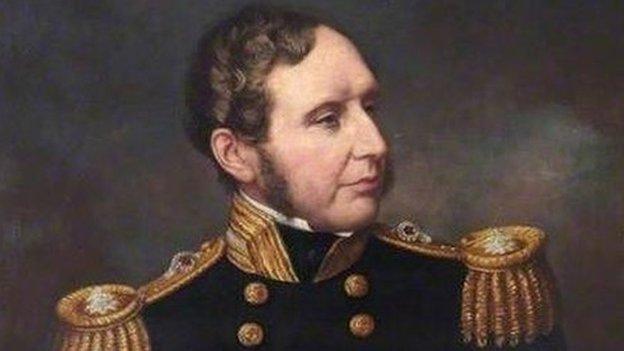How are weather forecasts made?
- Published

Extreme weather events are happening around the world on a regular basis, causing misery for those affected.
The UK had Storm Ciara and Storm Dennis over successive weekends, Spain and France were hit by severe storms last month and Australia has suffered with extreme heat, leading to wildfires.
Weather forecasts predicting such events help people to prepare - but how is a forecast put together? And why aren't they always accurate?
How do you forecast the weather?
As much information as possible is gathered about the current weather and the state of the atmosphere.
The observations, such as temperature, pressure, humidity and wind speed, are collected from across the globe and then fed into powerful supercomputers.
In the UK, for example, the Met Office has just secured the help of a supercomputer project costing £1.2bn.
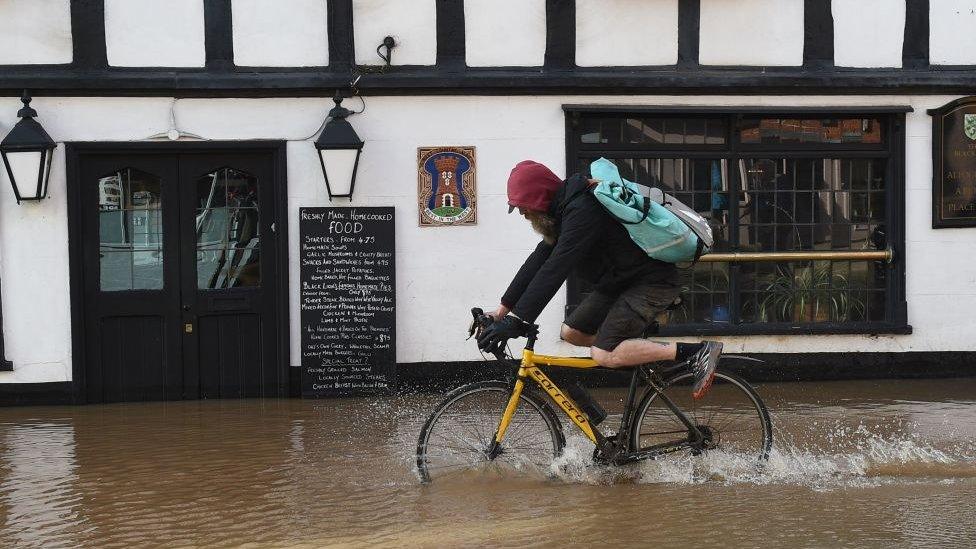
The main limiting factor is how quickly these computers can process all this information to make a forecast.
Meteorologists also monitor current weather conditions to ensure the forecast is going to plan - making tweaks when necessary.
Why are weather forecasts sometimes wrong?
Because of the chaotic nature of the atmosphere, even small developments in the ocean can have a significant impact on the position and strength of a weather system when it reaches land, for example.
The atmosphere is vast and complex and it is impossible to accurately monitor every part of it, so inevitably there are gaps in those observations.
As a result, something can be missed or just not observed fully enough.
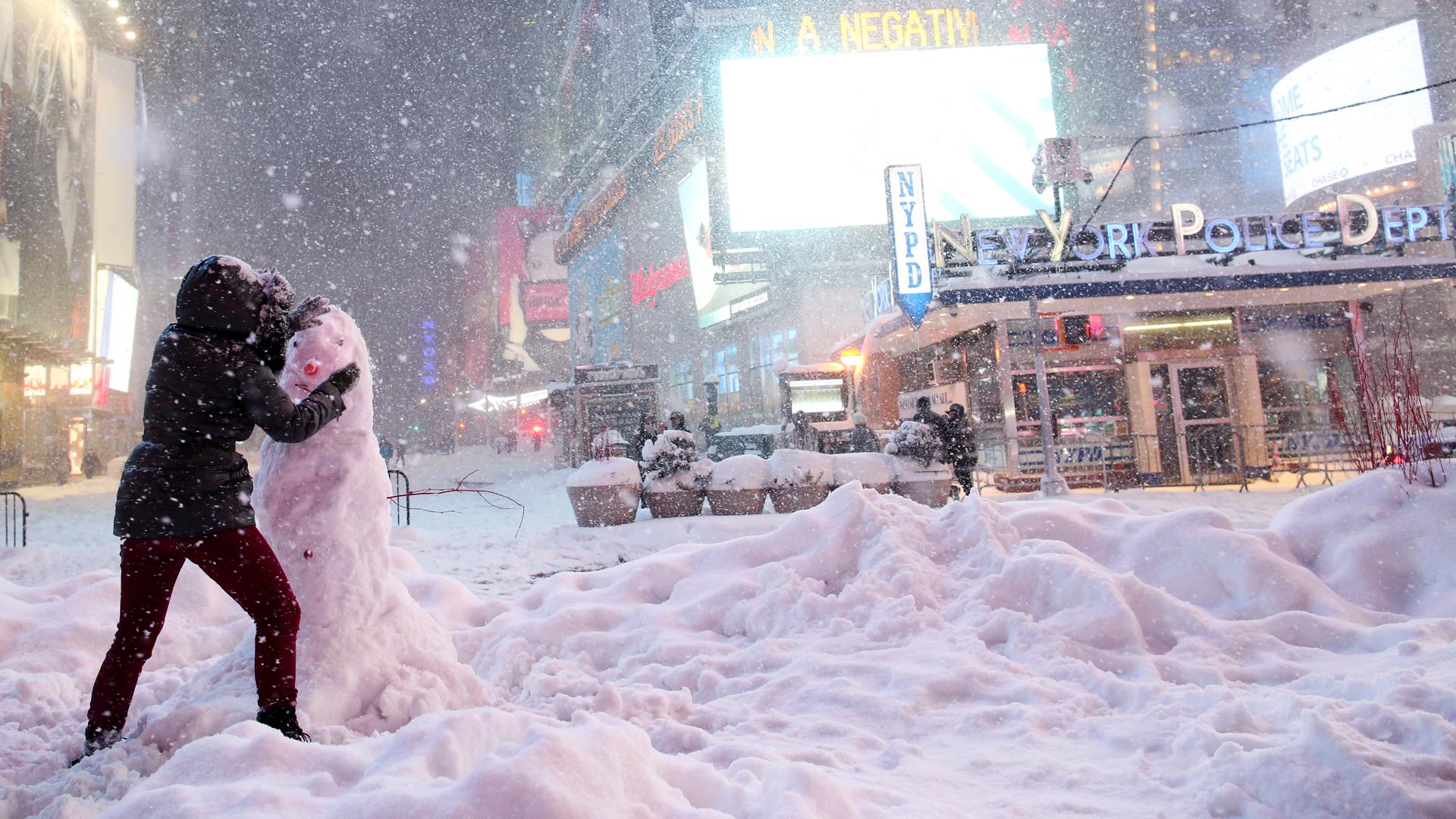
A forecast for seven days from now will probably change before that day arrives.
However, as our understanding of the atmosphere improves, alongside advances in computer technology, forecasts further into the future are becoming more accurate.
The Met Office says its four-day forecast is now as accurate as a one-day forecast was 30 years ago.
And longer forecasts can still give a good steer on general trends, such as whether it will be wetter or drier than average.
We can also use computers to model how our climate, rather than the day-to-day weather, might look many decades into the future.
Why is some weather so hard to forecast?
Some weather patterns are particularly challenging when it comes to an accurate forecast for an individual location.
Showers are such small-scale weather features, it is hard to predict exactly where they will develop.
You may think the forecast was wrong because you were expecting showers but did not see any, whereas just a mile down the road there was a torrential thunderstorm.
Weatherman Simon King explains how raw data is turned into a weather forecast
Why do we get different forecasts?
There is more than one answer to the question "What will the weather do tomorrow?"
Many different organisations across the world produce weather forecasts, using different computer programs to do so.
Some may predict a band of rain arriving somewhere at 21:00, while others may have it arriving after midnight.
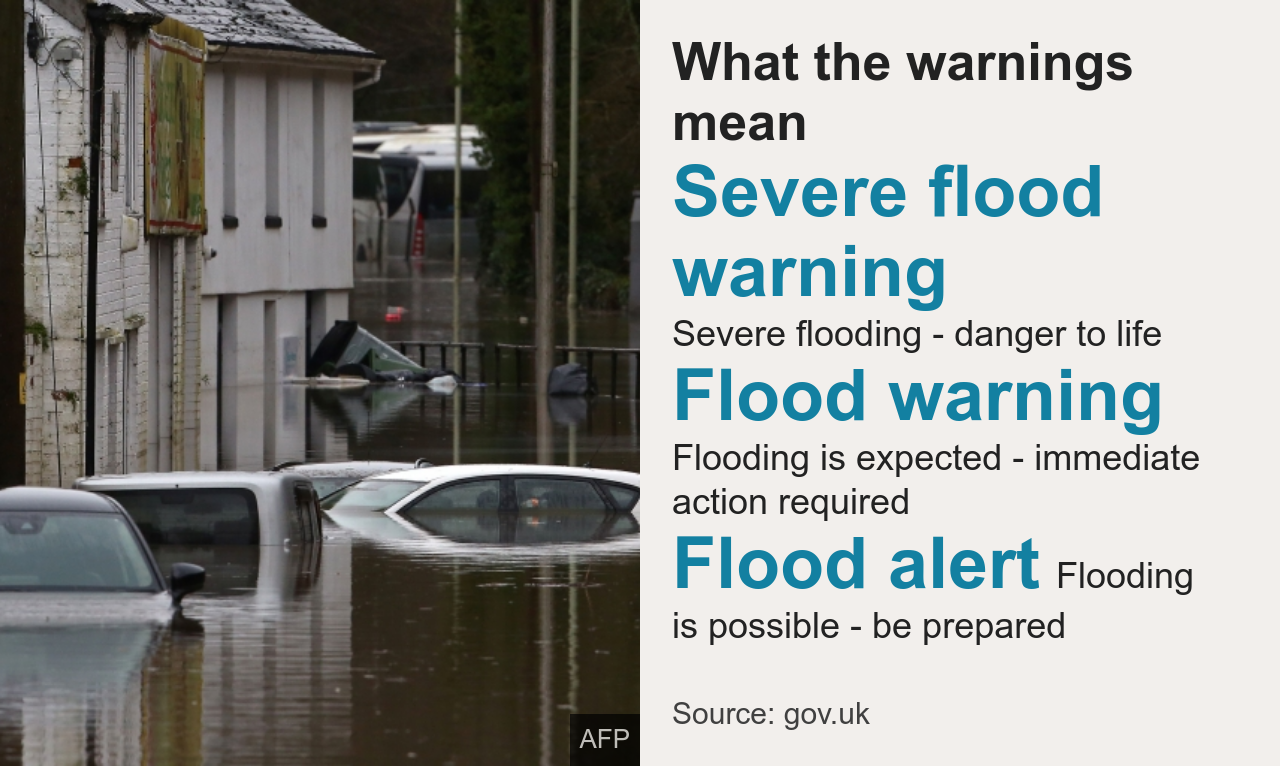
Different media organisations take weather forecasts from different providers and, depending on who you favour, you might see differences if you compare one to the other.
Also there are an increasing number of weather apps fed by different data providers and each can use different methods to display the forecast.
If there is a 30% chance of a shower, one app might choose to show a shower symbol whereas another picks a partly cloudy symbol because there is a 70% chance it will stay dry.
What does the future hold for weather forecasting?
As computer technology evolves, particularly processing speed, we will be able to capture more and more observations.
These will be put into ever more complex equations, churning out forecasts for ever smaller areas more quickly.
This should lead to more accurate forecasts looking out further into the future
- Published17 February 2020

- Published28 May 2018
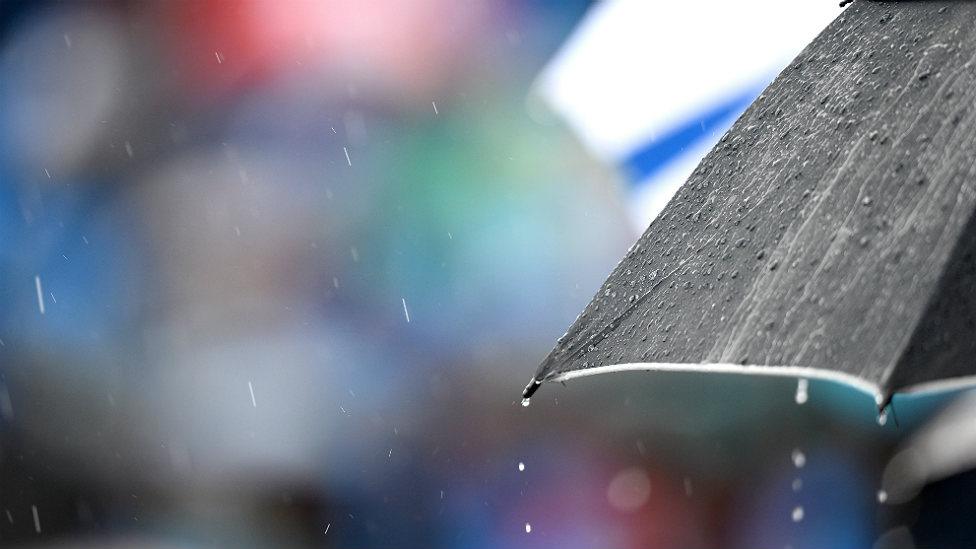
- Published30 April 2015
